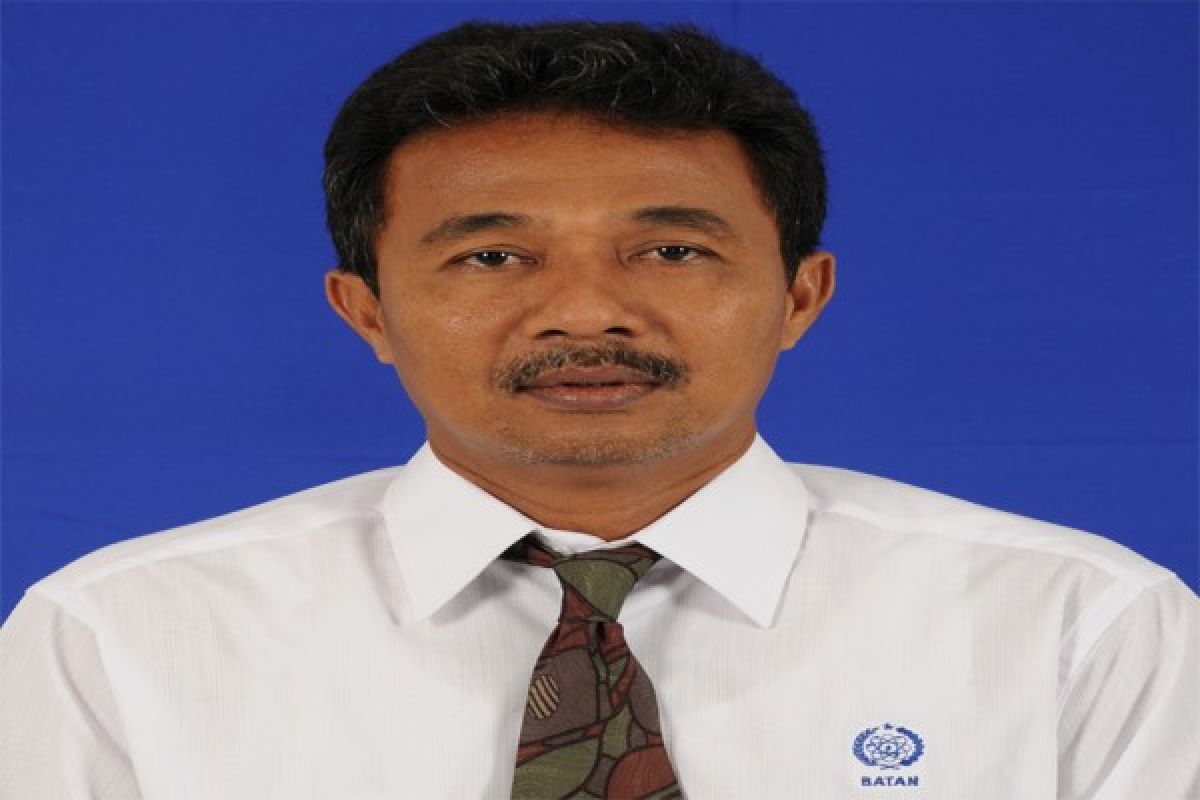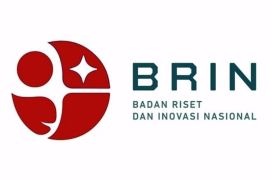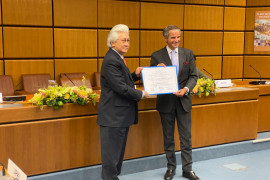Normally farmers have two harvests a year."Jakarta (ANTARA News) - The mention of nuclear will tend to conjure up a vision of great disaster despite attempts by scientists to convince the public that nuclear is not something that is awesome.
Time could not yet erase the trauma of the atomic bombs, killing hundreds of thousands of people in Nagasaki and Hiroshima in order to bring an end to the World War II.
For decades the nuclear specter has continued to haunt the people and it was made worse with post war disastrous nuclear incidents such as Chernobyl leak.
Those fears had also caused a delay to Indonesias program to develop nuclear energy to generate power amid dwindling reserves of fossil energy sources.
Nuclear technology, however, is not only about generating electricity or making bombs. Nuclear technology is already used in various fields including in Indonesia.
"Nuclear technology has been developed in various fields including agriculture, health, energy, animal husbandry , etc," Research and Technology Minister Gusti Muhammad Hatta said when opening the "Atomos Day" here recently.
Nuclear is found in all objects and it would cause no harm if properly handled, Hatta said.
The National Nuclear Energy Agency (BATAN) has carried out a series of researches to utilize nuclear technology including in the agricultural sector.
BATAN has also actively contributed to growing soybean in Indonesia, through breeding of plants with radiation mutation techniques.
Currently BATAN has produced eight high yield varieties of soybean which are superior in productivity and quality.
Earlier this month, the Isotope and Radiation Technology Application Center (PATIR) of BATAN launched two high yield soybean varieties called Gamasugen 1 and Gamasugen 2.
The two varieties were launched based on the decisions of the agriculture minister 4387/Kpts/SE 120/6/2013 and 4387/Kpts/SE 120/6/2013.
PATIR chief Dr Hendig Winarno said the varieties were produced through breeding of plants with gamma ray radiation mutation techniques.
The process of radiation on soybean was held on the first generation followed with the process of selection and refining and finally quality test.
"The superiority of the varieties will be known after the test up to the 10th generation and becoming seeds," Hendig said.
Adaptation tests in 16 locations in different seasons -- dry and rainy seasons --shows that Gamasugen would be ready for harvest in 66-68 days, or faster than an average 73 days for other varieties.
It is also superior in in productivity with production averaging 2.4 - 2.6 tons per hectare , resistant to diseases like Phakospora pachirhyzi Syd and Cercaspora, and to pest Melanamagromyza sojac, he said.
"Gamasugen soybean curd and cake have higher content of protein and more tasty than curd and cake from imported soybean," he said.
The protein content is 37.65 percent for Gamasugen 1 and 37.34 percent for Gamasugen 2, with fat content of 13.2 percent for each variety .
"Currently the soybean is still under quarantine and to be released in the next several months," he said.
Hendig said soybean developed and produced with nuclear technology is safer than imported soybean , which is a result of transgenic development
"There is nothing to be worried about with radiation mutation technique. The technique is safe as genetically nothing is changed after the radiation. An in addition , there is no genetic residue," he said
It is different with transgenic soybean , he said, adding, gen of other creatures is inserted to improve the gen of soybean.
"For example, soybean in the United States is inserted with gen of fish from South America. Gen of certain fish species could cause allergy," he said.
In fact there has been no license to grow transgenic soybean in Indonesia, he said.
Based on data at the Central Statistic Agency (BPS) domestic requirement of soybean totaled 2.5 million tons in 2012 as against production of only 850,000 tons or 34 percent of the countrys requirement.
The shortage had to be covered with imports of 1.65 million tons costing a lot of foreign exchange, Hendig said.
He said Indonesian farmers could grow soybean after the first harvest of rice , adding, the time span between the first harvest and the next planting time could be utilized by growing soybean.
"Normally farmers have two harvests a year. The farmers could gain by growing soybean while they could still have two harvests in a year," added.
In addition, soybean could be grown in idle lands , he said, adding , motivation is needed to encourage farmers to grow soybean.
He said a hectare could turn out two tons of soybean grain per harvest.
The country has around 7 to 8 million hectares of rice fields in which soybean could be grown between rice harvest times, he said.
Imports would no longer be needed if the rice fields could be efficiently utilized by growing soybean, he said.
"Soybean curd and cake producers would not have to be worried about a surge in soybean price," he said.
(Uu.H-ASG/A014)
Reporter: Indriani and Alberth Saragih
Editor: Priyambodo RH
Copyright © ANTARA 2013












